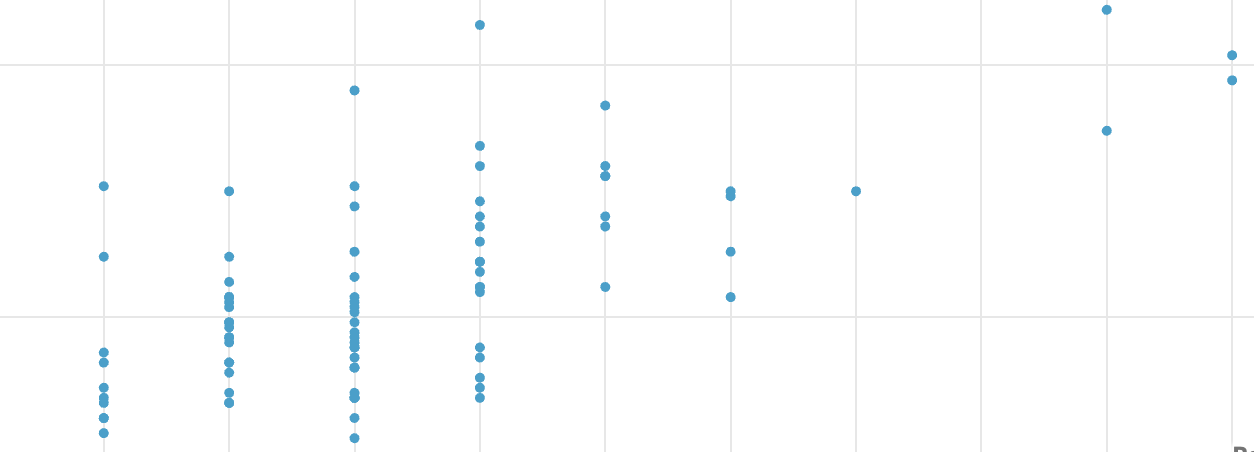The informal rate reached a record high at the 2018 Victorian state election. With record-large ballot papers at the 2022 election, I had wondered what might happen to the informal rate last year. While the informal rate was the second-highest on record for the lower house, it did not increase in line with the numbers of candidates running.
This chart shows the informal rate over the last 30 years compared to the ballot paper size for the Assembly.
The correlation between these two statistics was very strong up to 2014 – in 2018 the informal rate increased despite ballot papers shrinking slightly, and then in 2022 the ballots became much bigger but the rate dropped.
The relationship between the informal rates is also interesting. Up until 2002, the two houses largely moved together, since they used the same voting system. Since 2010, the upper house has had a much lower informal rate, since it is easier to cast a formal vote and ballot size is less relevant in this case.
I've plotted the size of the ballot paper in each seat compared to the informal vote.
Generally there isn't much difference in the informal rate amongst seats in the 6-8 range (although the median informal rate does tick up a bit between 6 and 7-8), but the range of informal rates is higher for seats with 9 candidates, and then climbs further for bigger ballots. The seats with 14-15 candidates had informal rates around 10%.
Finally I've put together a map showing the informal rate per seat.
The informal rate tended to be highest in seats in the north and west of Melbourne - the exact areas where Labor tended to suffer the biggest swings.
Next up tomorrow: which parties did best in the places with higher informal rates?




Possibly the party allocated Preferencing helps. A lot of voters are happy to allow the party to allocate preferences on their behalf.
What party allocated preferences? There is no such thing and never has been in the lower house. If a voter doesn’t number all the squares in Victoria, the vote is informal, as it is in Qld, WA, NT and Federal elections. The only state with a savings provision for incomplete ballots is SA and less than 4% of votes are saved by this provision.
Comments are closed.